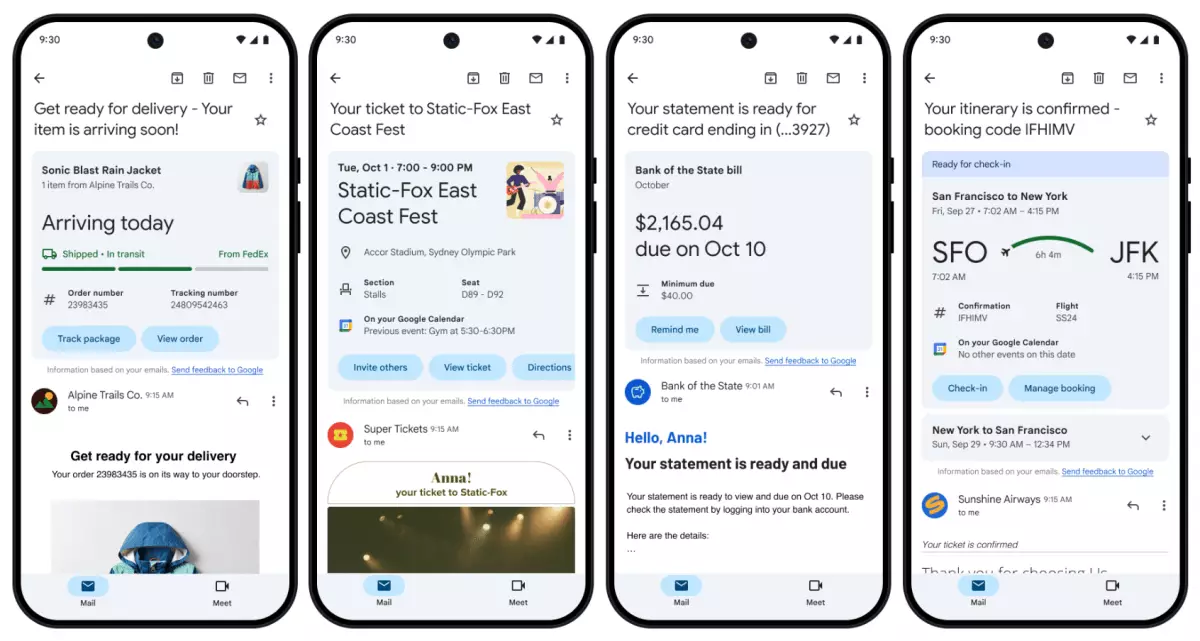In today’s digital age, email remains a cornerstone of communication for both personal and professional exchanges. However, the email market is evolving at a rapid pace, driven by increased competition among major players. Apple’s introduction of new features in the Mail app as part of iOS 18 has set the stage for a competitive back-and-forth with Google’s Gmail. Recognizing the necessity to innovate, Google has announced significant enhancements to its Gmail platform, particularly with a focus on user organization and efficiency.
Apple’s Strategic Moves in Email Functionality
Apple’s iOS 18 update has aroused considerable attention, as it incorporates features reminiscent of Gmail’s established functionalities. Users can now benefit from categorization options, enabling them to sort their emails into meaningful segments such as transactions, updates, and promotional offers. Moreover, the anticipated incorporation of Smart Replies in the forthcoming iOS 18.1 update indicates Apple’s commitment to facilitating swift communication. By strategically adding these features, Apple is directly positioning the Mail app as a robust competitor to Gmail, prompting Google to respond.
In response to Apple’s advancements, Google has unveiled a set of innovative updates for Gmail, notably the introduction of “summary cards.” These features are designed to aid users in effortlessly organizing their emails and performing essential tasks without the frustration of sifting through multiple messages. Users can expect streamlined functionalities that aggregate relevant information regarding package deliveries, flight itineraries, and billing reminders, among others.
With the summary cards placed prominently at the top of the inbox, users are afforded immediate insight into key information such as delivery dates or upcoming events. Gone are the days of rummaging through cluttered mailboxes; these developments represent a significant leap toward more efficient email management.
The Dynamic Nature of Summary Cards
The updated summary cards not only display essential information but also interactively connect users with actions they can take. For instance, a user can swiftly track a package or manage airline bookings with just a few clicks. The cards are designed to refresh automatically, ensuring users have the most recent updates without requiring additional searches. This adaptability reflects a broader trend in technology: engagement through immediacy and convenience.
By introducing dynamic summaries, Google keeps pace with the evolving needs of email users, who increasingly prefer efficiency and functionality. This shift may be indicative of a generational change in how we interact with technology, with younger users particularly seeking immediate results and organized systems to manage their lives.
Beyond the fundamental changes, Gmail is introducing a new “Happening Soon” section that prioritizes timely information, allowing users to access summary cards for urgent matters quickly. This added dimension will enhance user experience, catering to the fast-paced nature of modern life where reminders and soon-to-arrive events are crucial to maintaining organization.
Furthermore, the ability to access summary cards through Gmail searches adds another layer of usability. The foresight to ensure users can find relevant updates even while searching for unrelated emails signifies an awareness of existing user pain points.
As competition heats up in the email service arena, consumers stand to benefit significantly from the innovations brought forward by both Apple and Google. While Apple’s structures and features instigate a race toward enhanced usability, Google’s recent updates serve as a compelling answer to the increasing expectations of email users. The evolution of Gmail showcases Google’s adaptability and readiness to meet the changing habits and demands of modern users.
Ultimately, as email services continue to refine their functionalities, it will be interesting to observe how these series of competitive enhancements shape the future landscape of digital communication. The ongoing battle for supremacy between these tech giants will undoubtedly lead to extraordinary innovations, ultimately making our online experiences richer and more efficient.

